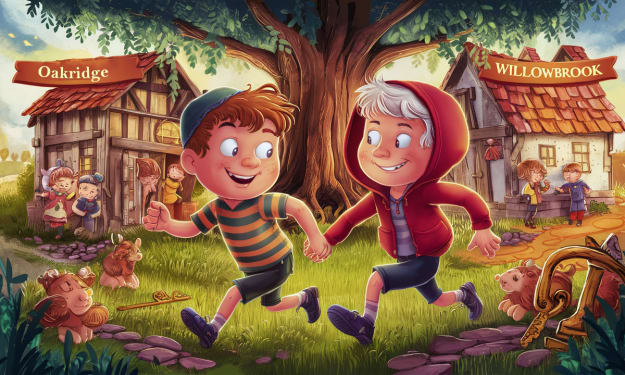Secret of planet that got away from death might be settled.!
How Planets may have escaped being eaten.

Researchers puzzled by a baffling planet that ought to have been obliterated accept they have found the reason why it made do.
The planet - 8 Ursae Minoris b - was distinguished in 2015 in the Smooth Manner.
Yet, we ought to always have been unable to see it since it ought to have been inundated by a close by passing on star.
Specialists currently accept 8 Ursae Minoris b got away from that destiny since the withering star once had a friend that halted its development.
"No planetary framework like this has been found previously. This is the first, which is extraordinary," makes sense of astrophysicist Dimitri Veras at the College of Warwick who helped lead analyst Marc Hon from the College of Hawaii.
The researchers make sense of their hypotheses by discussing the destiny of our own nearby planet group.
Earth and different planets in our planetary group circle the sun, a star loaded up with consuming gases.
The sun is at present what is known as a yellow smaller person and is consuming hydrogen yet one day it will begin to pass on. At the point when that occurs, it will end up being a red monster and will grow fundamentally, consuming Mercury, Venus and conceivably Earth.
That obliteration by a growing star is precisely exact thing ought to have happened to 8 Ursae Minoris b.
Yet, a sidekick star seems to have saved the planet, makes sense of Marc Hon, who mentioned the objective facts utilizing the TESS space telescope.
The researchers accept that the planet once circled two stars that were at various phases of life.
One was a red monster, which consumes hydrogen until it warms such a lot that its helium center lights, and it begins to contract. The other was a more established star, a white bantam consuming helium.
The specialists accept that the helium center in the red goliath was lit when it gulped its friend star, putting an untimely stop to its fiery development.
8 Ursae Minoris b was then allowed to keep circling the consolidated star.
"The possibility of a paired star consolidation came from really sorting out a riddle," Dr Hon makes sense of.
After he mentioned the objective facts, he worked with scholar Dimitri Veras and a gathering of around 40 researchers, to sort out the potential clarifications for the planet's endurance.
One more hypothesis set forward by the researchers is that the planet was framed by material viciously shot out by the converging of the two stars.
Yet, they say this is a considerably more theoretical thought.
"Most stars are in paired frameworks, yet we don't yet completely get a handle on how planets might conform to them. It is conceivable that a lot more impossible to miss planetary frameworks might exist because of the impact of parallel mates. At the point when principal arrangement stars venture into red goliaths, they are supposed to overwhelm close-in planets1,2,3,4,5. Up to this point, the shortfall of planets with short orbital periods around post-development, center helium-consuming red giants6,7,8 has been deciphered as proof that brief period planets around Sun-like stars don't endure the goliath extension period of their host stars9. Here we present the revelation that the monster planet 8 Ursae Minoris b10 circles a center helium-consuming red goliath. A good ways off of just 0.5 AU from its host star, the planet would have been immersed by its host star, which is anticipated by standard single-star development to have recently extended to a range of 0.7 AU. Given the concise lifetime of helium-consuming monsters, the almost round circle of the planet is trying to accommodate with situations in which the planet makes due by having a far off circle at first. All things considered, the planet might have stayed away from engulfment through a heavenly consolidation that either changed the development of the host star or delivered 8 Ursae Minoris b as a second age planet11. This framework shows that center helium-consuming red goliaths can hold onto close planets and gives proof to the job of non-accepted heavenly advancement in the lengthy endurance of late-stage exoplanetary frameworks.
About the Creator
Anika Thomas
Things that will peak your interest! the things around us






Comments
There are no comments for this story
Be the first to respond and start the conversation.